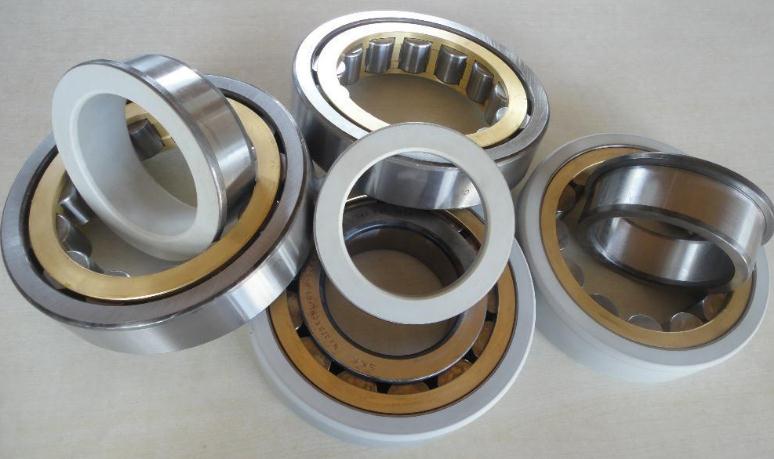As the current nanotechnology is constantly progressing and developing, we have combined nanotechnology and coating technology with each other, which can bring great vitality to the development of the latter. Traditional ceramic materials are generally brittle, and their shortcomings, such as low thermal shock resistance, restrict the use of ceramic materials in many occasions. Today we take a look at whether ceramic spraying is widely used in various fields.
Nano-ceramics are due to the refinement of crystal grains, the number of grain boundaries is greatly increasing, the strength and toughness of the material and its superplastic properties have been significantly improved, and the performance of nano-structured ceramic coatings can be prepared by using appropriate methods. And it will be better than traditional ceramic coating, so we can become a hot spot for coating technology research.

Among the various techniques for preparing nano-ceramic coatings, ceramic spraying is currently a very widely used process. In the process of ceramic spraying, nanoparticles have good melting properties because of their large specific surface area and high activity.
At the same time, the nanoparticles deform violently when they hit the substrate, and the layability is better than that of micron particles. Therefore, compared with traditional micron-scale ceramic coatings, the microstructure and structure of nano-ceramic coatings have changed significantly, and they have advantages in toughness, hardness, wear resistance, bonding strength, compactness, and thermal conductivity.
At present, ceramic sprayed nano-ceramic coatings have been applied in aerospace, shipbuilding, chemical and other industrial fields.
Compared with micron ceramic coatings, nano-ceramic coatings have finer grains and uniform dispersion, and the number of grain boundaries has been greatly increased. It has advantages in hardness, toughness, wear resistance, bonding strength, corrosion resistance, and density. It has been significantly improved and has been applied in aerospace, shipbuilding and chemical industries.
